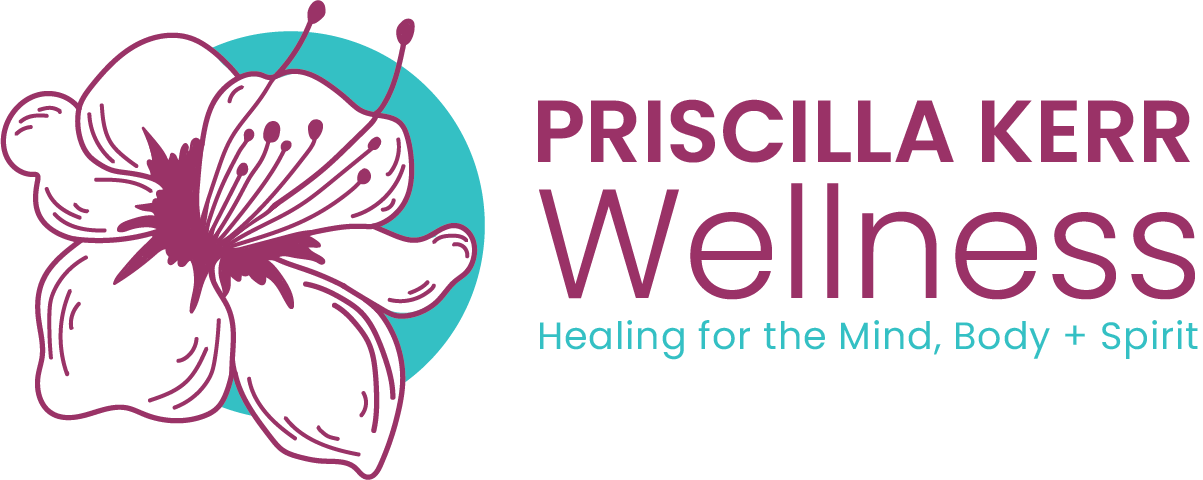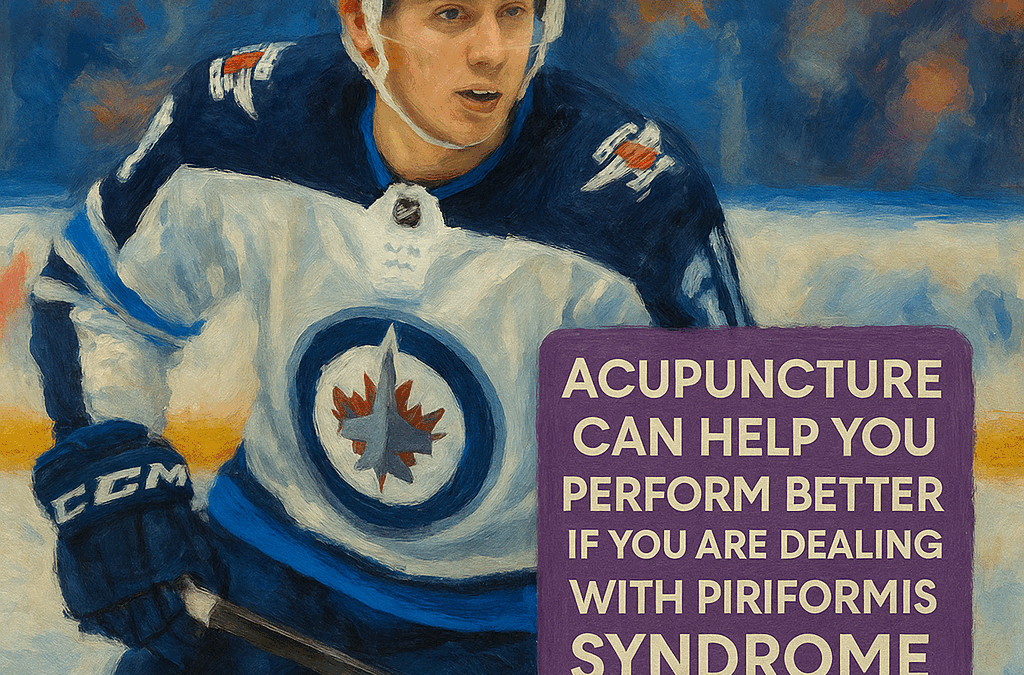🏒 Why Skating Can Be Stressful on Your Hips — and How Acupuncture Can Help
By Dr.Priscilla Kerr, TCM Pain Rehab Certified, R.Ac, TCM Dr.
The Demands of Skating
The skating stride begins in the hips. Every movement involves extension, abduction, and external rotation. Because of this, the adductor muscles (especially the adductor magnus) work intensely to stabilize the leg and control motion.
At higher skating speeds, strain on these muscles increases dramatically — putting hockey players at risk of tightness, strain, and reduced range of motion over time.
Decreased Hip Mobility
Studies show that hockey players often have reduced hip range of motion, even without bone abnormalities. This is caused by soft tissue restriction, not structural deformity. Repetitive skating motion shortens and stiffens the muscles, limiting mobility and increasing injury risk.
Common Hip Issues in Skaters
-
Femoroacetabular Impingement (FAI) and labral tears — caused by repeated movements into hip flexion, internal rotation, and abduction.
-
Hip microinstability — results from repetitive joint rotation and axial loading that can overstretch ligaments and irritate the labrum.
-
Muscle guarding — the body’s way of protecting deeper joint irritation, which often feels like “tight hip flexors” that don’t respond to stretching.
💆♂️ How Acupuncture Supports Recovery and Hip Health
Acupuncture offers a gentle, targeted, and non-invasive way to restore balance and tissue health in overused muscles.
1️⃣ Releasing Piriformis & Deep Hip Tension
The piriformis muscle, located deep in the glutes, often becomes tight due to hip irritation. Acupuncture can release trigger points, reduce inflammation, and relieve pressure on the sciatic nerve — improving pain and mobility.
2️⃣ Promoting Tissue Healing
Micro-stimulation from acupuncture promotes blood circulation, reduces inflammation, and accelerates tissue repair in fatigued or scarred muscles.
3️⃣ Calming the Nervous System
Acupuncture helps regulate the brain’s perception of pain by raising the pain threshold and calming protective muscle spasms — essential for athletes dealing with chronic hip tension.
4️⃣ Supporting Gentle Recovery
Foam rolling and massage tools can help but may irritate tissues when overused. Acupuncture provides a precise, non-traumatic approach that complements other therapies for long-term recovery.
🧘♀️ What Helps Most
-
Post-practice recovery: gentle stretching, foam rolling, and acupuncture
-
Address muscle imbalance: don’t overstretch “tight” hip flexors — they may be guarding deeper structures
-
Strengthen deep hip rotators for joint stability
-
Combine acupuncture with yoga, mobility work, and neuromuscular training
❄️ Understanding Piriformis Syndrome
Piriformis syndrome causes pain or numbness in the buttocks, hip, or upper leg. It occurs when the piriformis muscle presses on the sciatic nerve, leading to inflammation and irritation. This condition may develop due to injury, swelling, muscle spasms, or scar tissue — all common in athletes and skaters.
🔍 Overview & Symptoms
The piriformis is a small, flat muscle that runs from your lower spine to the top of your thigh bone. When it tightens or becomes inflamed, it compresses the sciatic nerve that passes beneath it.
Common symptoms include:
-
Aching or burning in the buttock
-
Numbness, tingling, or shooting pain down the leg
-
Pain when sitting, walking, or climbing stairs
🧠 Piriformis Syndrome vs. Sciatica
Although both conditions affect the sciatic nerve, they differ:
-
Sciatica usually stems from spinal issues (like a herniated disc).
-
Piriformis syndrome is localized — caused by compression at the hip/gluteal level.
⚕️ Causes
-
Muscle inflammation or swelling
-
Repetitive motion (skating, running, cycling)
-
Injury or trauma
-
Prolonged sitting
-
Poor posture or biomechanics
🧍♂️ Diagnosis & Treatment
Diagnosis typically involves ruling out other causes of sciatica using physical exams and, if needed, imaging or EMG tests.
Standard treatments include:
-
Rest and gentle stretching
-
NSAIDs for inflammation
-
Physiotherapy or massage therapy
-
Acupuncture to release tension and restore mobility
-
In resistant cases: injections or surgical options may be considered
🌿 How Acupuncture Can Help Piriformis Syndrome
Acupuncture is effective in:
-
Releasing deep muscle tension in the piriformis and surrounding hip muscles
-
Improving blood flow and oxygenation
-
Reducing inflammation and pain
-
Restoring sciatic nerve function and hip mobility
This natural and precise approach helps athletes recover faster, prevent flare-ups, and improve overall performance.
🩺 Prevention Tips for Athletes
-
Stretch and warm up before activity
-
Strengthen gluteal and core muscles
-
Avoid sitting for long periods
-
Maintain good posture
-
Schedule regular acupuncture or massage sessions to prevent recurrence
🏒 At Priscilla Kerr Wellness
Our multidisciplinary team helps hockey players and athletes recover from hip, back, and sciatic-related issues through:
-
Acupuncture
-
Massage therapy
-
Myofascial and trigger point release
-
Rehabilitation exercises
We help you restore hip function, reduce pain, and enhance performance — safely and naturally.
📍 103 Scurfield Blvd Unit A, Winnipeg
🌐 kerrwellness.ca
📞 204-788-5715

